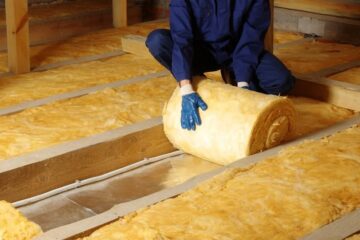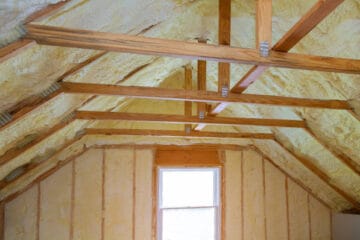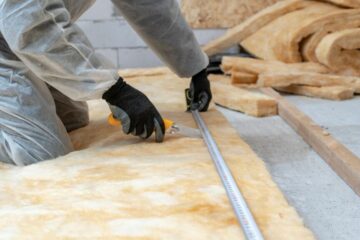In today’s construction landscape, glass wool insulation stands as a testament to how material innovation can address multiple architectural demands simultaneously. This engineered material, primarily manufactured from recycled glass, has revolutionized building performance by offering an integrated solution that meets thermal, acoustic, safety, and sustainability requirements in one product.
The exceptional thermal performance of glass wool originates from its sophisticated fiber matrix design. Through advanced manufacturing processes, recycled glass is transformed into an intricate network of fine fibers that create countless air pockets. These micro-air-cells act as highly effective thermal barriers, achieving R-values up to R-4.3 per inch. This advanced thermal resistance significantly reduces heat transfer through conduction, convection, and radiation, enabling buildings to maintain stable interior temperatures while reducing energy consumption by 40-60% compared to conventional insulation materials.
Beyond thermal benefits, glass wool exhibits remarkable acoustic properties with noise reduction coefficients reaching 0.95-1.00. The material’s unique fibrous structure absorbs sound energy through multiple mechanisms:
- Converting sound waves into minimal heat through friction
- Damping vibration across frequency spectra
- Reducing both airborne and impact noise transmission
This comprehensive acoustic performance makes it particularly valuable for projects requiring stringent noise control, from recording studios and healthcare facilities to educational institutions and residential buildings in urban environments.
Fire safety represents another critical advantage, with glass wool offering inherent non-combustible properties that exceed most building code requirements. The material maintains structural integrity at temperatures exceeding 1000°C, produces minimal smoke, and contributes zero flame spread. These characteristics provide crucial passive fire protection, making it an ideal choice for commercial high-rises, public buildings, and other applications where fire safety is paramount.
The environmental profile of glass wool demonstrates strong sustainability credentials. Modern production incorporates 70-90% post-consumer recycled glass content, significantly reducing landfill waste while conserving natural resources. The manufacturing process consumes 30% less energy than alternative insulation materials, and the finished product is fully recyclable at end of life. These attributes contribute substantially to green building certifications including LEED, BREEAM, and Green Star.
Installation versatility allows glass wool to adapt to diverse construction scenarios:
- Flexible rolls for standard cavity walls and attic spaces
- Semi-rigid batts for enhanced compression recovery
- Rigid boards for exterior insulation systems
- Specialized formulations for high-moisture environments
As building standards evolve toward net-zero energy targets and circular economy principles, glass wool insulation continues to advance through material science innovations. These include bio-based binders for improved indoor air quality, enhanced fiber technologies for superior thermal performance, and digital integration for precision installation. Its ability to simultaneously address energy efficiency, acoustic comfort, fire safety, and environmental impact makes glass wool insulation an indispensable component in high-performance building envelopes and sustainable construction practices worldwide.



